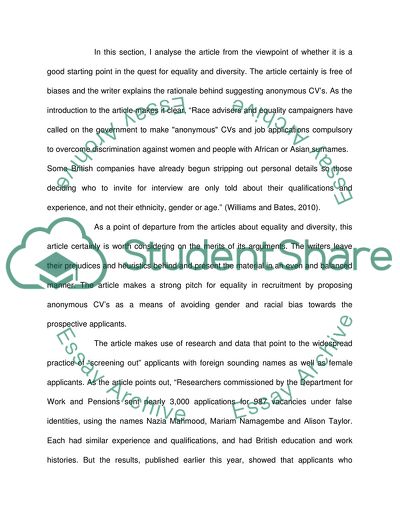Cite this document
(Why the Idea of Having Anonymous CVs Makes Sense From the Perspective Assignment, n.d.)
Why the Idea of Having Anonymous CVs Makes Sense From the Perspective Assignment. https://studentshare.org/people/1732449-diversity-and-equality
Why the Idea of Having Anonymous CVs Makes Sense From the Perspective Assignment. https://studentshare.org/people/1732449-diversity-and-equality
(Why the Idea of Having Anonymous CVs Makes Sense From the Perspective Assignment)
Why the Idea of Having Anonymous CVs Makes Sense From the Perspective Assignment. https://studentshare.org/people/1732449-diversity-and-equality.
Why the Idea of Having Anonymous CVs Makes Sense From the Perspective Assignment. https://studentshare.org/people/1732449-diversity-and-equality.
“Why the Idea of Having Anonymous CVs Makes Sense From the Perspective Assignment”. https://studentshare.org/people/1732449-diversity-and-equality.


